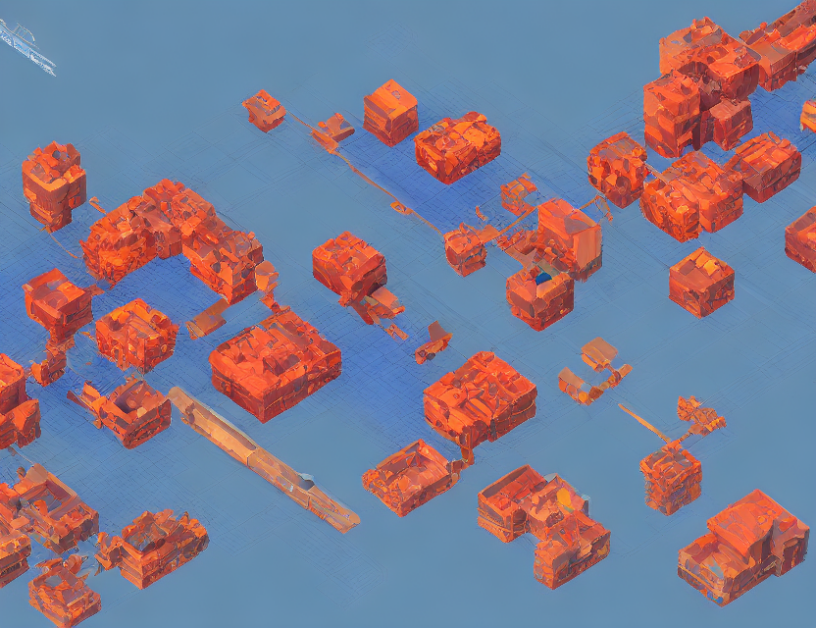In this paper, we explore the potential of using textual information to improve the generalization ability of face anti-spoofing (FAS) systems. The authors propose a novel method called Textually Guided Domain Generalization (TeG-DG), which leverages text descriptions to bridge the gap between different visual domains.
Methodology
The proposed TeG-DG framework consists of two stages. In the first stage, the authors generate text prompts that match different types of attacks or real cases. These text prompts are then used to supplement the single-modality visual features in the second stage. The core insight of TeG-DG is that text descriptions possess a natural universality across different domains, which can be leveraged to improve the generalization ability of FAS systems.
Experiments and Results
The authors conduct experiments using several datasets and compare the performance of TeG-DG with existing methods. The results show that TeG-DG outperforms the baseline methods in most cases, demonstrating its effectiveness in improving the generalization ability of FAS systems. Specifically, the authors find that increasing the number of text prompts leads to better performance, as it enriches the textual feature space and enhances the model’s generalization performance.
Discussion and Implications
The authors highlight the significance of leveraging textual information in FAS systems, especially in scenarios where the visual data is diverse or limited. They also demonstrate the effectiveness of their proposed method in improving the robustness of FAS systems against various attacks. Furthermore, they note that TeG-DG can be applied to other computer vision tasks beyond FAS, such as image classification and object detection.
Conclusion
In summary, this paper proposes a novel framework called TeG-DG that leverages textual information to improve the generalization ability of face anti-spoofing systems. The proposed method demonstrates effectiveness in enriching the textual feature space and improving the model’s generalization performance, making it more robust against various attacks. The findings of this paper have important implications for improving the robustness of computer vision systems in general, and could potentially lead to the development of more secure and reliable biometric authentication methods in the future.



